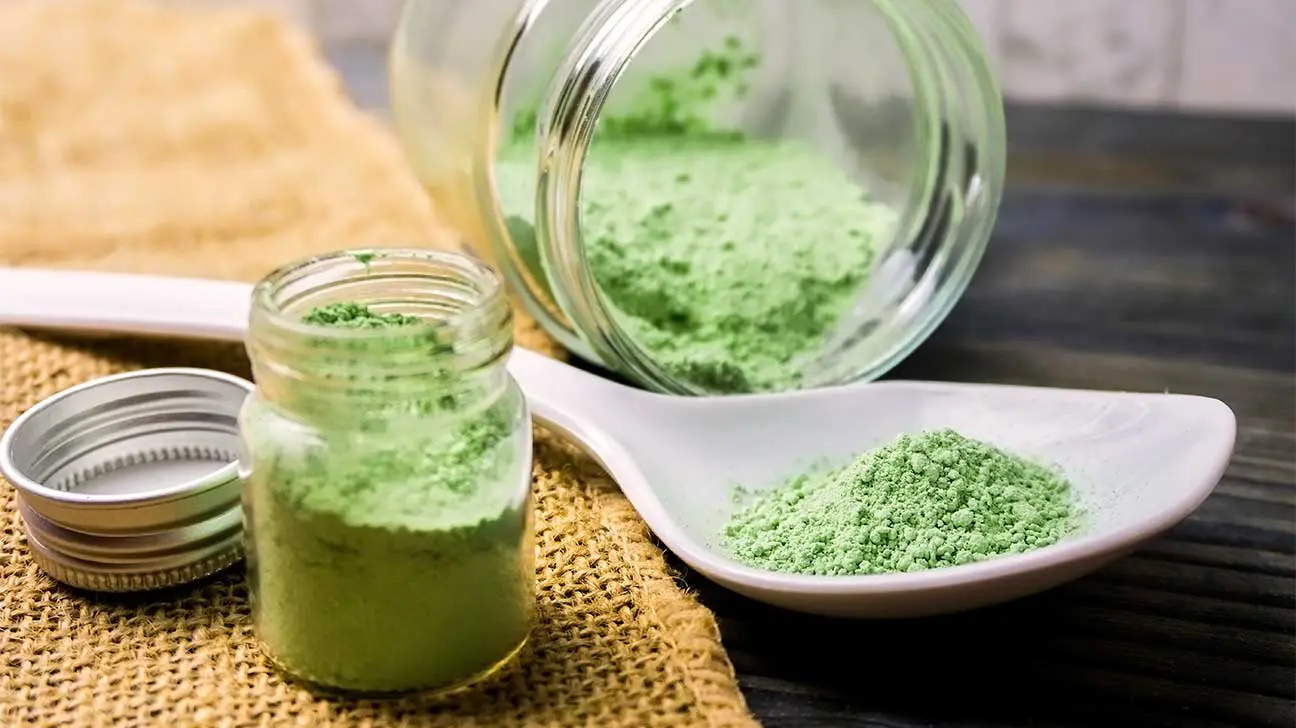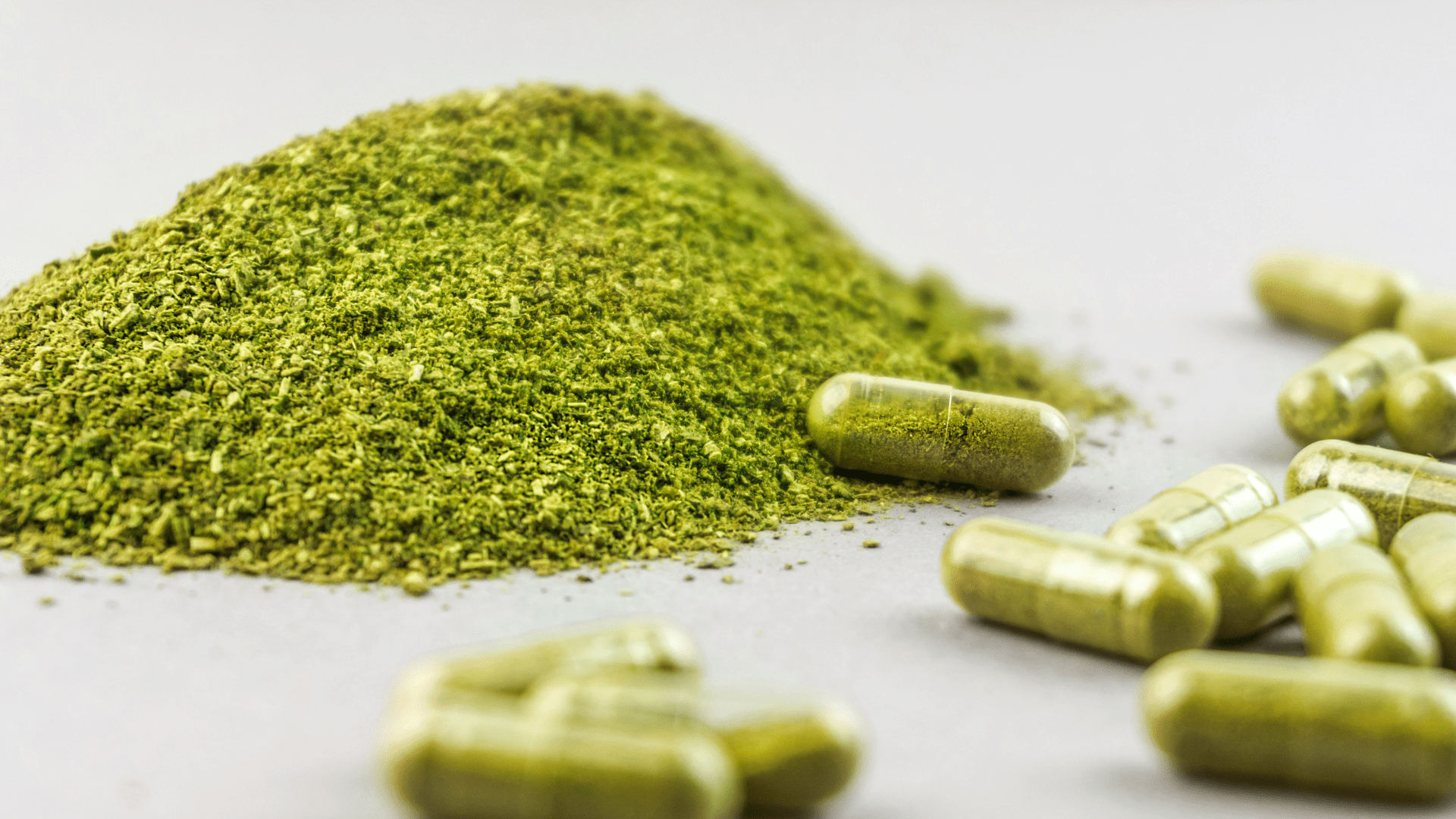The location of kratom in a medication test can be impacted by different variables, each assuming a part in deciding how long the substance stays noticeable in the body. Kratom, got from the leaves of the Mitragyna speciosa tree, contains dynamic mixtures, for example, mitragynine and 7-hydroxymitragynine, which communicate with narcotic receptors in the mind. Kratom may or may not does kratom show up on a drug test, as its detection depends on the specific testing method employed.
One critical element affecting the recognition of kratom is the sort of medication test utilized. Standard medication tests generally utilized by bosses and different organizations frequently center around recognizing explicit substances like THC, cocaine, amphetamines, sedatives, and benzodiazepines. Kratom isn’t normally remembered for these standard medication screenings, and accordingly, discovery is more uncertain in standard tests.

Particular tests, for example, those utilizing progressed procedures like fluid chromatography-mass spectrometry (LC-MS), are intended to distinguish explicit kratom metabolites with higher accuracy. The utilization of these high level tests can improve the probability of distinguishing kratom in natural examples like pee or blood. In any case, these specific tests are not piece of routine medication testing conventions and are by and large possibly utilized when there is a particular need to test for kratom.
Individual factors likewise assume a critical part in the location of kratom. Digestion fluctuates from one individual to another, influencing how rapidly the body processes and wipes out substances. People with quicker digestion systems might wipe out kratom all the more quickly, diminishing the identification window in drug tests.
The recurrence of kratom use and the dose consumed can likewise influence discovery. Customary use might bring about a development of kratom metabolites in the body, possibly expanding the recognition window. On the other hand, rare use and lower portions might prompt a more limited recognition window.
It’s critical for people to know about these elements while considering the expected recognition of kratom in drug tests. Open correspondence with testing offices, especially in regards to any new kratom use, can support precisely deciphering results and tending to worries about expected misleading up-sides or negatives.
In Conclusion, the identification of kratom in a medication test is impacted by elements, for example, the kind of test, individual digestion, kidney capability, recurrence of purpose, measurement, type of kratom, and hydration levels. Kratom may or may not does kratom show up on a drug test, as standard drug tests typically do not detect kratom alkaloids.













